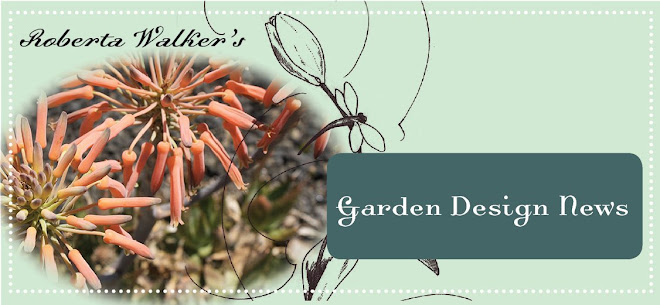I have also begun to think about the season’s growth in the garden and what will need pruning. It is still early to cut back the ornamental grasses, not until they go dormant or straw-colored will they need a clipping. Fall is the time to plant bulbs so I will have to make some decisions on what I want to see come spring. My tomatoes are still producing fruit as are my eggplants and salad greens. By the way, don’t forget to plant more salad greens for the fall and winter. I found six-packs at Emigh Hardware.
Speaking of Emigh Hardware, I will be giving two presentations there on October 17th at 10:00 a.m. and another at 12:00 noon . This time we will be indoors in their Casual Living building, so there will be plenty of room and a large screen to view the presentation. Along with me will be a representative from Rainbird, bringing drip irrigation components. He will explain how and what to use for a drip system as well as have a table for hands-on working. Emigh prefers to have people RSVP so that they can accommodate for everyone, so if you’re planning on coming, give them a call: (916) 482-1900
On that same day that I will be speaking at Emigh is the UCDavis Arboetum’s plant sale: Saturday, October 17th from 9:00 a.m. to 1:00 p.m. This is a great opportunity to buy plants that you may not have seen before. They have a lot of natives and drought tolerant species - it’s worth checking out... I’d love to, but I’ll be presenting! On the website you will find a list of what plants will be sold, directions and a map.
Finally a quick note on the bulbs you will start seeing in nurseries about now: Daffodils, Tulips, Narcissus, Crocus and more. Interesting fact:
The Crocus - the Crocus Sativa, are the flowers that produce the tiny yellow/orange stigmas - not the stamen - that are hand-picked and dried to make Saffron. An estimated 75,000 blossoms are needed (225,000 stigmas) to produce one pound of saffron! Saffron has been used by many ancient cultures including the Sumerians, Phoenicians, Minoans, Egyptians, Greeks, Romans, and Persians. The saffron powder is used in medicines, perfumes, flavoring and as a dye.http://waynesword.palomar.edu/ecoph3.htm#saffron
Enjoy the cooler weather and changing colors of October!









